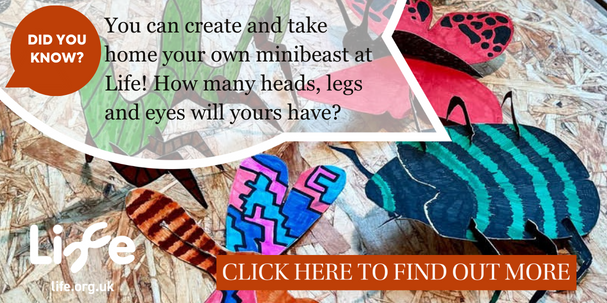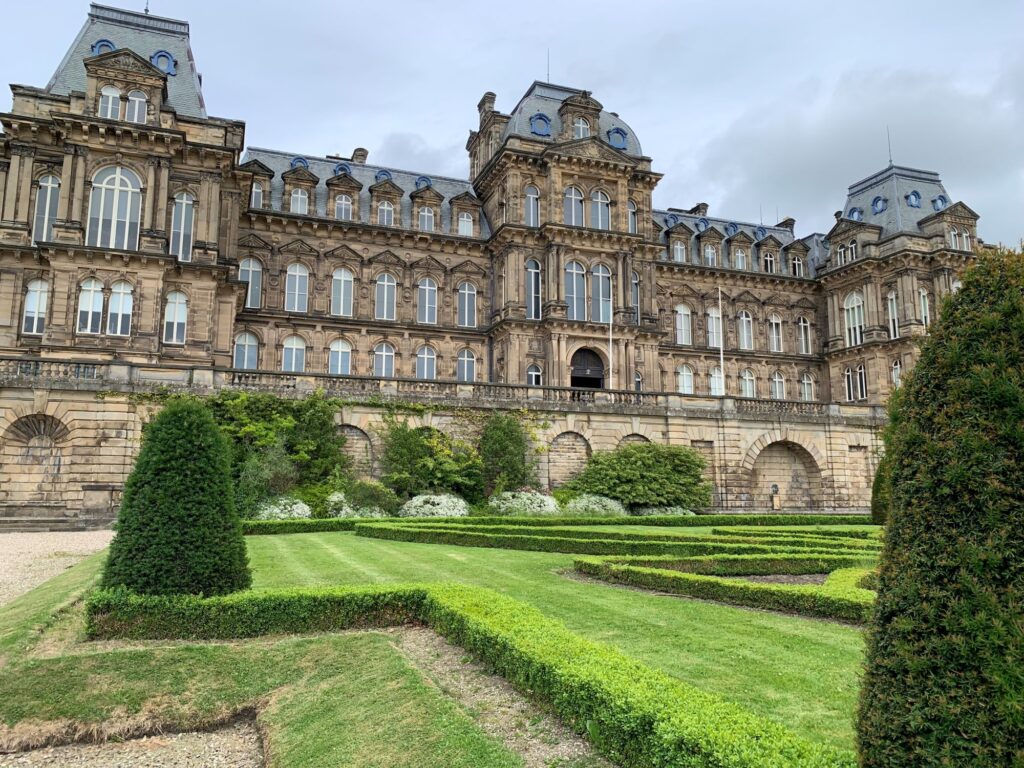
Change isn’t something to be undertaken lightly at a place like the Bowes Museum which has had since 1892 to embed itself in the affections of a great many people.
But times do change and even a museum, however subtly, has to move with them if it’s to reach new audiences and remain relevant.
It’s been a couple of months since a new suite of rooms opened at the Bowes, Barnard Castle’s great attraction, and they’ve been well received.
“Our visitor numbers are considerably up and our dwell time — well, we know people are staying longer and using those spaces so that’s very reassuring,” says Vicky Sturrs, director of programmes and collections.
It isn’t blindingly obvious during my tour, coinciding with the daily attraction of the famous Silver Swan automaton being put through its paces and sucking visitors from all corners of the museum. But it’s easy to believe, even if, just for a while, a few of us have them to ourselves.
- Read more: Mining the land of lead and silver
- Read more: Auckland Castle’s walled garden unveiled
The new rooms, three on the ground floor and one upstairs, are an attractive contrast to much of what you’ll find in what Vicky admits can seem an ‘austere’ building.
Funding came from the DCMS/Wolfson Museums & Galleries Improvement Fund, the Foyle Foundation and the Friends of the Bowes Museum, with the design overview provided by an experienced outfit called the Creative Core, based in Halifax.
But the Bowes initiated the process and a small army of volunteers of all ages and backgrounds, contributed to a wish list and was involved every step of the way, even cleaning items for display under expert supervision. Some of these objects, not having been on public view for years, if ever, had layers of grime.
In these newly designed rooms, favourite exhibits are on show with unknown surprises from storage, such as a wooden panel with a Biblical theme and a group of plaster figures looking like a garden ornament.
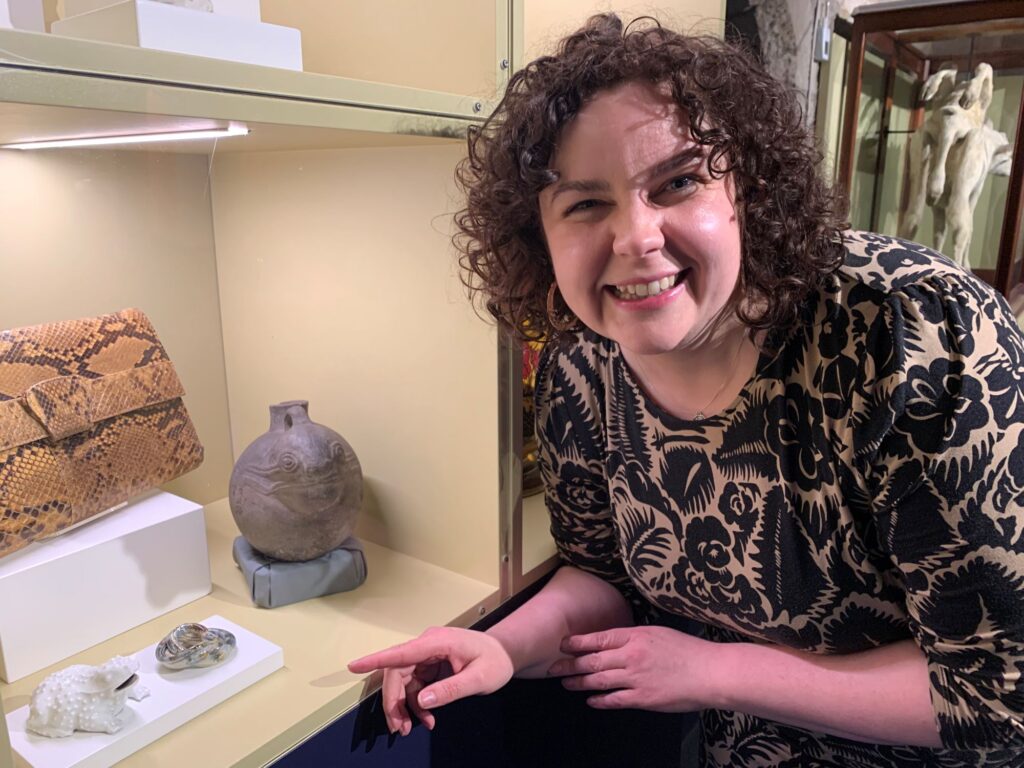
It all began, says Vicky, with a programme called the Curiosity Project. The idea was to explore the Bowes collections, which contain an eye-watering 56,000 objects, and make them more accessible.
“It was about looking at our collections through different lenses and working out how we could make the spaces connect with the world outside and with our location,” says Vicky.
“At the Bowes we have always had a silver metals gallery, a ceramics gallery and galleries of paintings but we haven’t necessarily taken a thematic approach. Our volunteer communities were very much saying, ‘Hang on! We’d like to be told some stories in the way that you do in your temporary exhibitions’.
“It became about how we could apply that to our permanent display areas.”
- Read more: The day my job back fired and nearly cost me a wife
- Read more: My life through a lens – Joanne Coates
In all the new rooms, shutters have been removed to admit light and allow visitors to appreciate views of the landscape.
The three adjoining rooms have been named Curiosity, Conversation and Create. They — and the other room upstairs, dubbed Hive, as in ‘hive of activity’ — are home to more than 1,000 items from the stores.
In the Curiosity room, objects are arranged according to themes such as family, home and hospitality.
The message isn’t drummed home, though. Vicky says while some people favoured lots of information, others wanted little or none. The portable books with identifying photos and short write-ups are the attractive compromise.
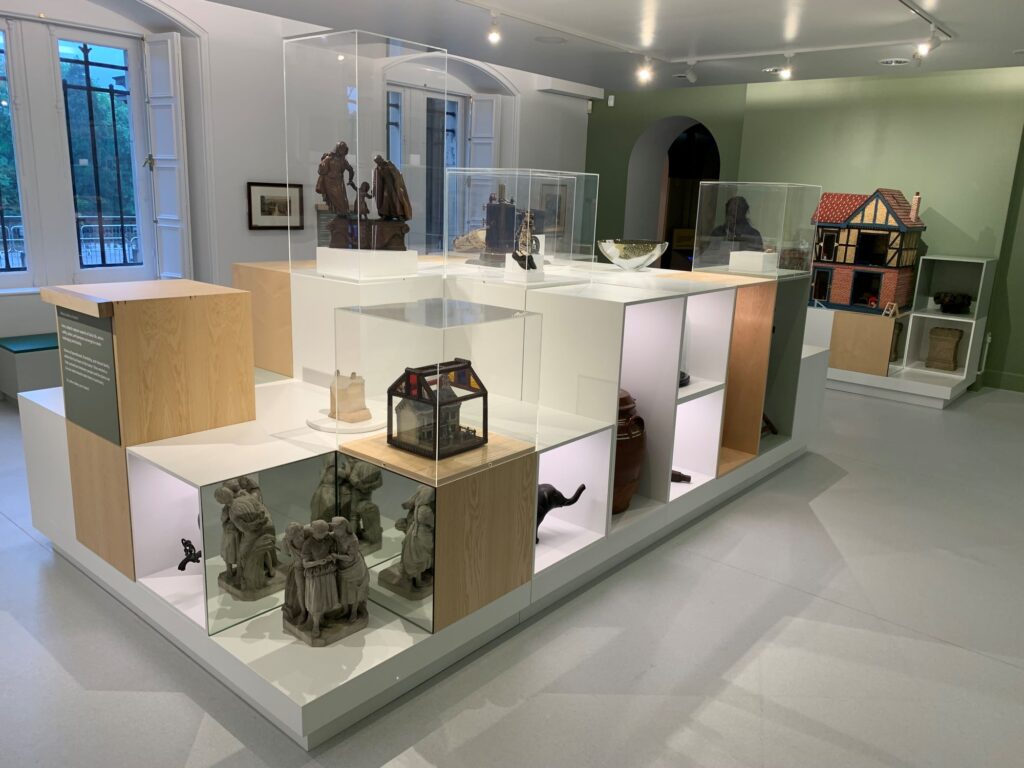
The Curiosity room reminds me a little of a trendy shop, making the objects seem as covetable as they must have done to John and Josephine Bowes who amassed this huge collection.
Vicky likes this idea.
“We all know how to engage in a shop. It’s an accessible space where most of us understand the social norms.
“For some people the social norms of a museum or cultural institution can seem like a trick, something you haven’t got the code for. And if that’s the case you’re not going to cross the threshold.
“Now you might come into this austere building and think, ‘Hang on, we’re welcome here’. That’s certainly what we hope.”
Another curious thing about the Curiosity room is an aural backdrop by David de la Haye, a sound artist. That tinkling water may sound like a leak — the Bowes has had a few in the past — but it’s the result of underwater recordings from the River Tees.
Vicky says everyone likes contemporary art in the building. Josephine Bowes, whose influence as the main collector (John provided the money) is to the fore in the new spaces, once owned more items by living artists and designers than the national collections, she says.
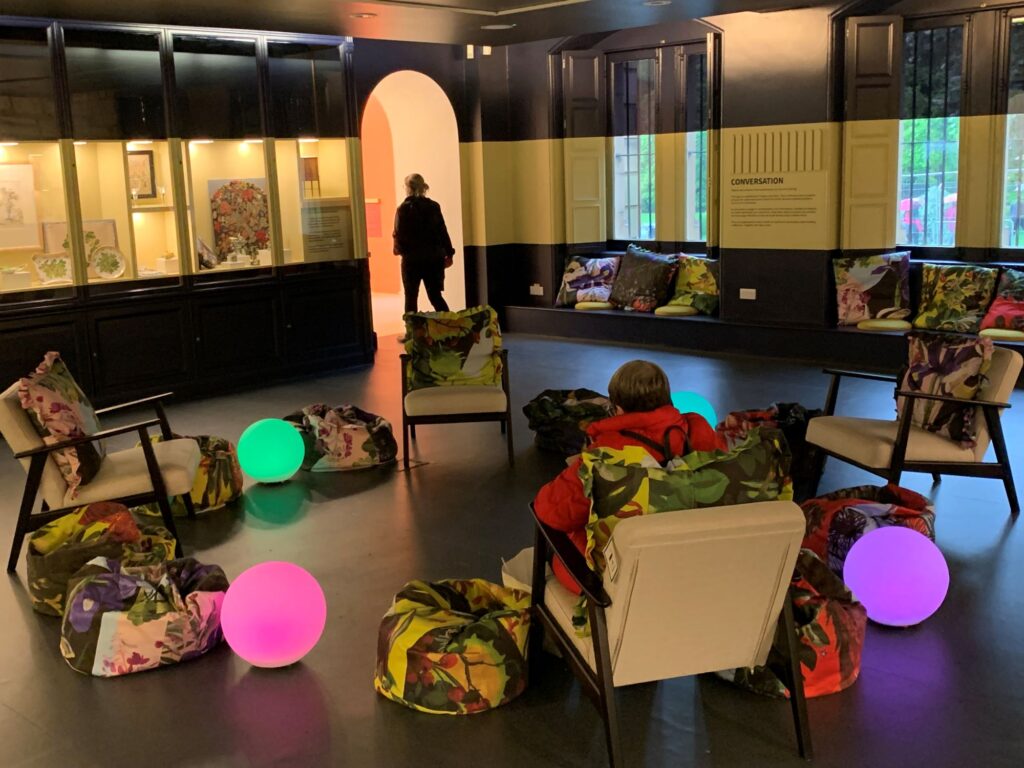
The second room, Conversation, echoes environmental concerns with paintings of trees, some by Josephine herself. A convivial ring of seats occupies the centre of the room and everywhere are cushions and beanbags made by Kate Pounder with floral fabric designed by Louise Bradley.
Vicky points out her favourite object, a tiny ceramic snake. “I think he’s absolutely gorgeous.”
The third room is Create, which is exactly what’s meant to happen here amid walls painted blush pink to match a dress worn by Josephine Bowes in a portrait displayed upstairs.
“People said, ‘How can we create?’ So this is the space where you can grab your materials and make work to show next to objects from the collection.
“This is where we host artist workshops but you can just drop in and have a go. This is chock-a-block at the weekend. It’s a lovely space and it’s for everyone, not just children.”
You’ve been taught all your life that a museum is a place where you’re quiet and passive. What we’re saying now is let’s jig that up a bit.
Peter Nicholls, Bowes Museum volunteer
Before she has to dash, Vicky shows me the three vaults which were formerly used as education spaces but are now on the Bowes tour itinerary, one each dedicated to furniture, textiles and ceramics.
They give a small insight into the sheer mass of stuff held beneath this roof, each with a story attached.
Upstairs, in Hive, I meet Eleanor Thirlway who joined the museum in February as curator of co-production, was shown this room, introduced to a small team of volunteers and tasked with having it ready for an April 2 opening.
“It was a baptism of fire for me but it was amazing because the volunteers already had a grasp of what they wanted and it was a co-production in its purest form.,” says Eleanor.
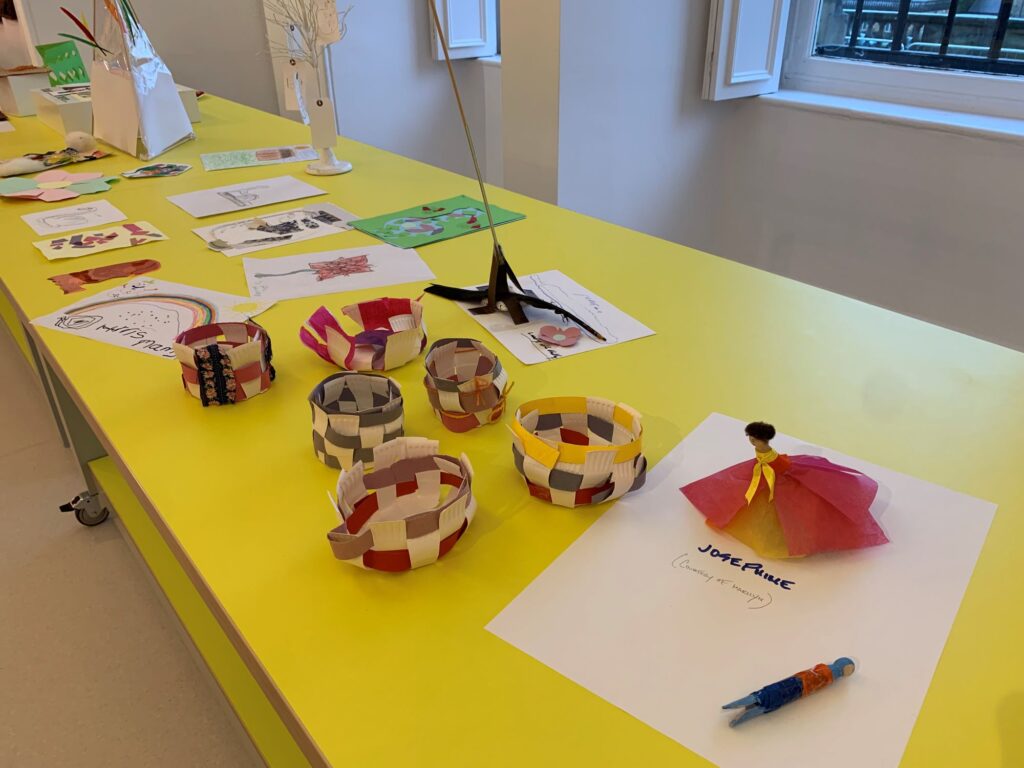
Peter Nicholls, a volunteer, started in January and recalls: “There were still shutters on the windows. It was dark and dusty. There were no cabinets and the floor was filthy.
“It has been totally revived. We’ve had painting, additional lighting put in and the shutters taken from the windows so you can see the true brilliance of the ceiling and the displays of Josephine’s work.”
Peter, who worked for 40 years as a civil servant at the Ministry of Defence, has become an expert on the armorial ceiling whose panels tell the story of the Bowes family, going back to Bernard Balliol in the 12th century.
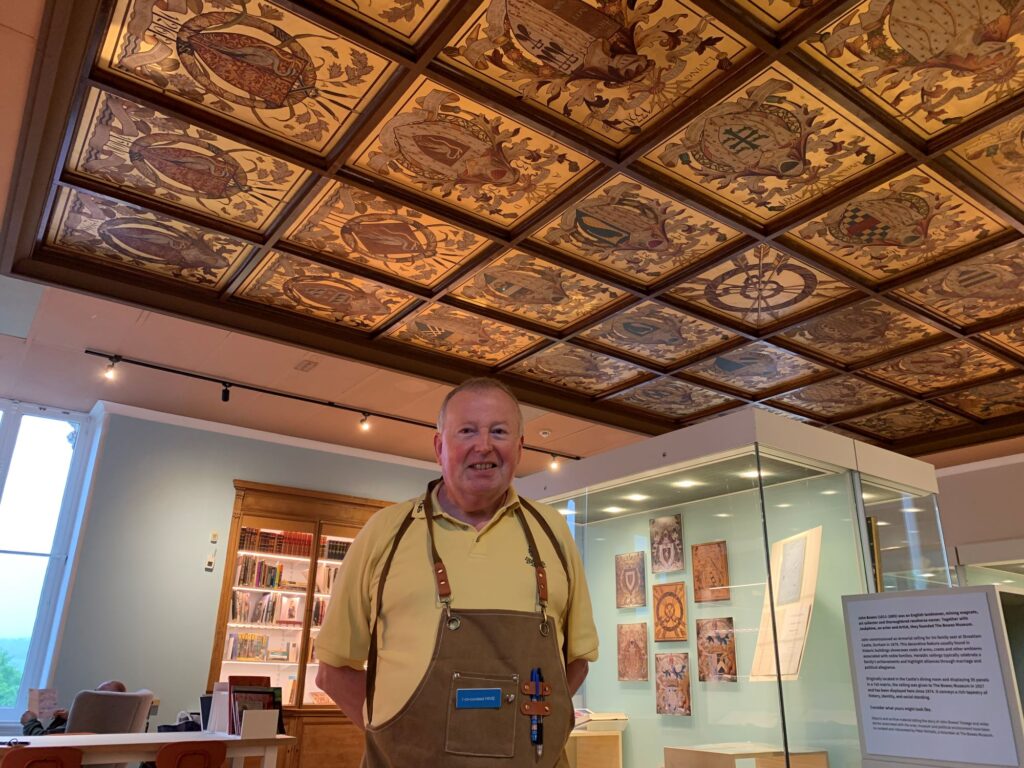
He says it was once in the dining room of Streatlam Castle (the Bowes family seat which burned down in the 1950s) but came to the museum in 1927. You can see a hole where it’s assumed a chandelier was suspended.
“I cannot impress upon you enough just how interesting the ceiling is,” says Peter.
“Here, in 35 panels, you’ve got over 700 years of history. It’s magnificent.”
Also on display are stone cannonballs fired during a siege of 1216 and recovered from the River Tees during the 1970s.
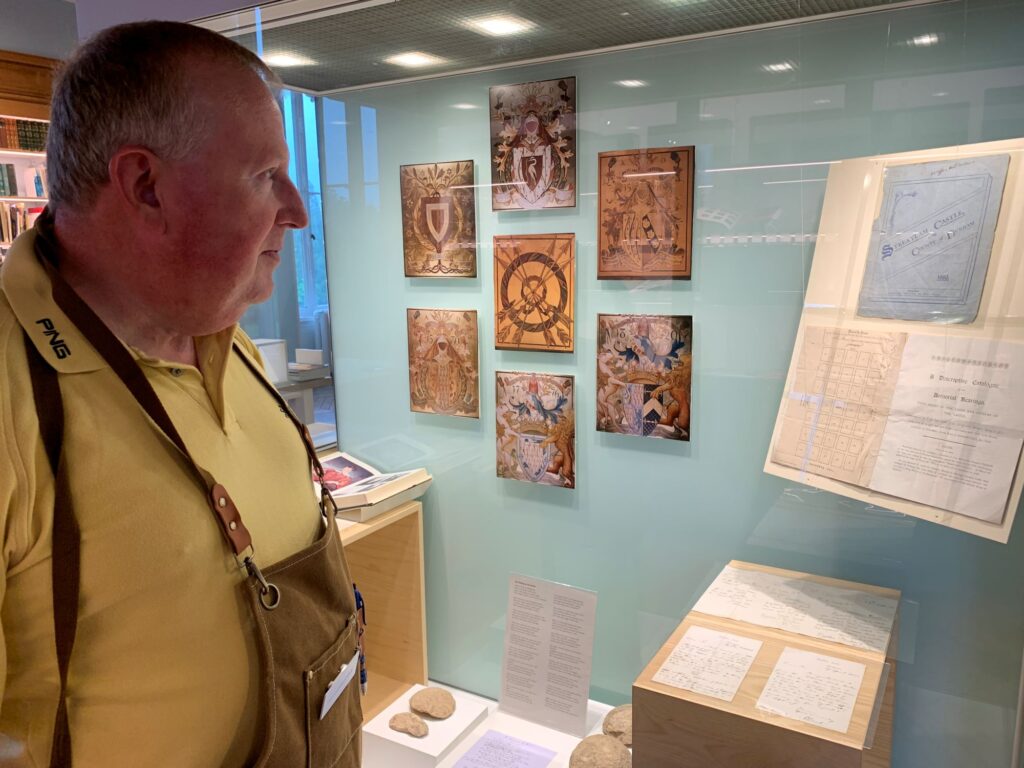
In this newly opened room, with its magnifying glasses to aid study of the ceiling and its cases of books and catalogues from the archives, people are encouraged to sit, study or relax.
Eleanor says she was delighted one day to see two women sitting in the corner painting pictures of the newly exposed view.
Casting a benign eye over all is Josephine Bowes, from a reproduction of the pink dress portrait, and near her, on show for the first time, are her personal items including skates, mittens and opera glasses.
There’s some replica jewellery, too, and documentation that reveals that the Silver Swan, at a mere 5,000 francs, was not, by a long shot, the couple’s most valuable purchase. That distinction fell to a diamond ring which at some point was sacrificed in lieu of death duties.
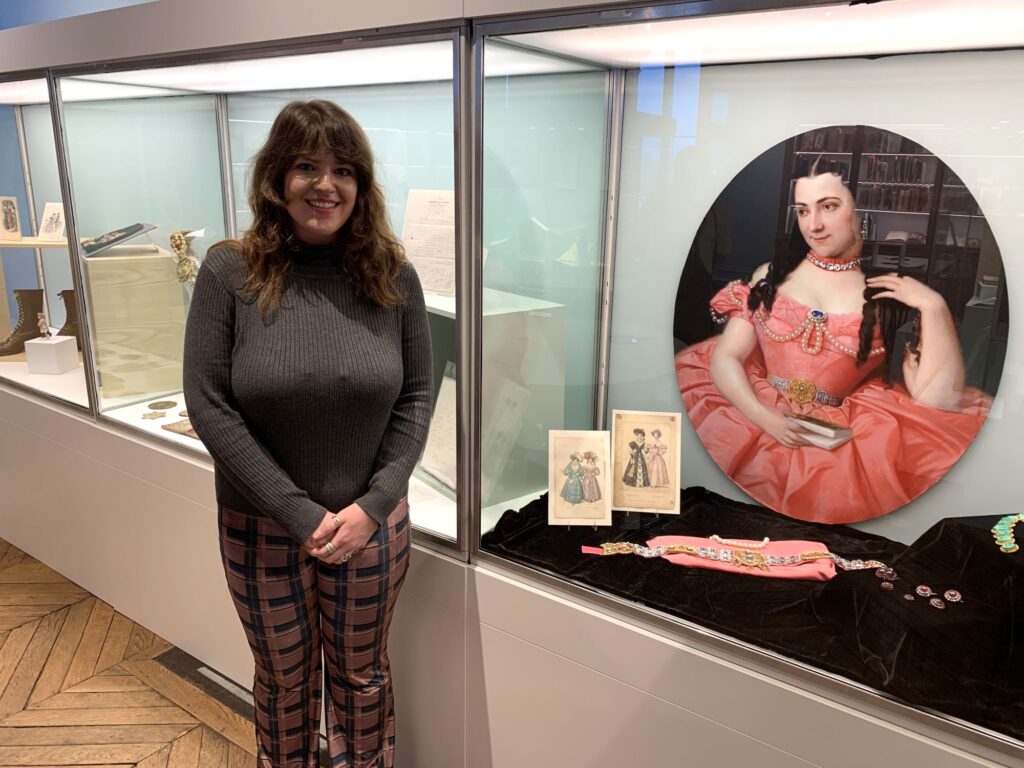
Both Peter and Eleanor have enjoyed watching the visitors, tentative at first but eventually embracing the idea that these new rooms are intended for a more relaxed and participatory experience.
“You’ve been taught all your life that a museum is a place where you’re quiet and passive,” suggests Peter.
“What we’re saying now is let’s jig that up a bit.”
For details on the Bowes Museum, including admission prices and opening times, go to the website
